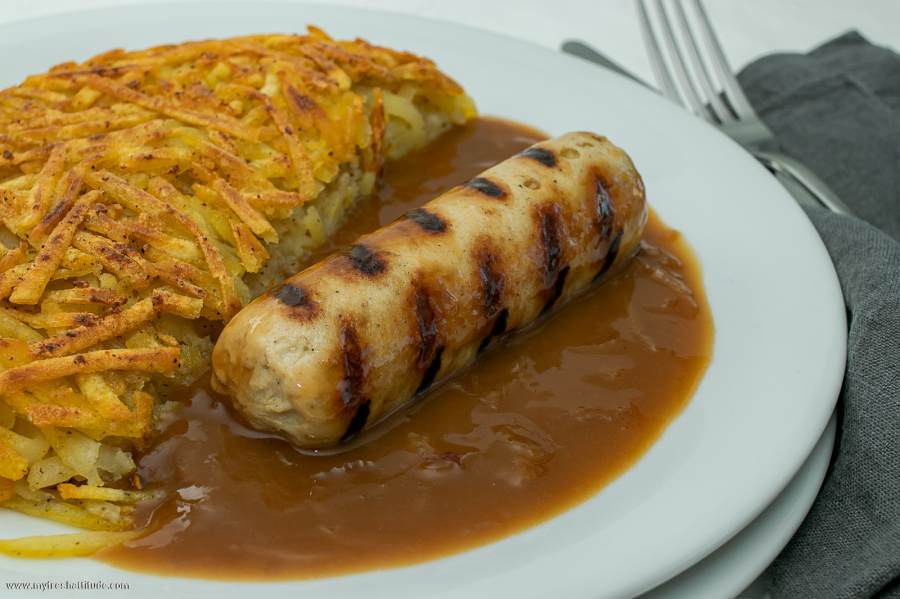
Potato Rösti
Rösti is serious business throughout the German-speaking regions of Switzerland. Most people have strong opinions as to how to prepare this simple dish – what potato variety to use, using raw or precooked potatoes, what type of pan to use, and of course the fat. I’ve learned to keep my opinions to myself and just make the rösti the way I learned while working at a top Zürich restaurant.
I think the ideal rösti should be no thicker than 2-cm (about one inch), have a crispy crust and a light interior that is not soft like mashed potatoes.
To achieve
Subscription Required For This Content
Rösti is serious business throughout the German-speaking regions of Switzerland. Most people have strong opinions as to how to prepare this simple dish – what potato variety to use, using raw or precooked potatoes, what type of pan to use, and of course the fat. I’ve learned to keep my opinions to myself and just make the rösti the way I learned while working at a top Zürich restaurant.
I think the ideal rösti should be no thicker than 2-cm (about one inch), have a crispy crust and a light interior that is not soft like mashed potatoes.
To achieve these goals, I begin with a potato classified as mostly waxy, although any waxy variety will work. Mealy potatoes are great for purees or baking because they tend to fall apart when heat penetrates their interior. This creates an interior that is too soft for rösti. I partially pre-cook the potatoes 4-6 hours ahead of time – or even a day in advance. The cold converts the uncooked starches in the potato to sugars, and that helps create a crispy and golden exterior. Cold potatoes are also easier to grate than warm potatoes. I use extra virgin olive oil to cook the rösti instead of more traditional butter or lard. Having tasted both version in my life, I find the taste is much cleaner when using oil instead of butter or lard.
Difficulty: simple
Yield: enough for 2 rösti (20-cm/8-inch pan)